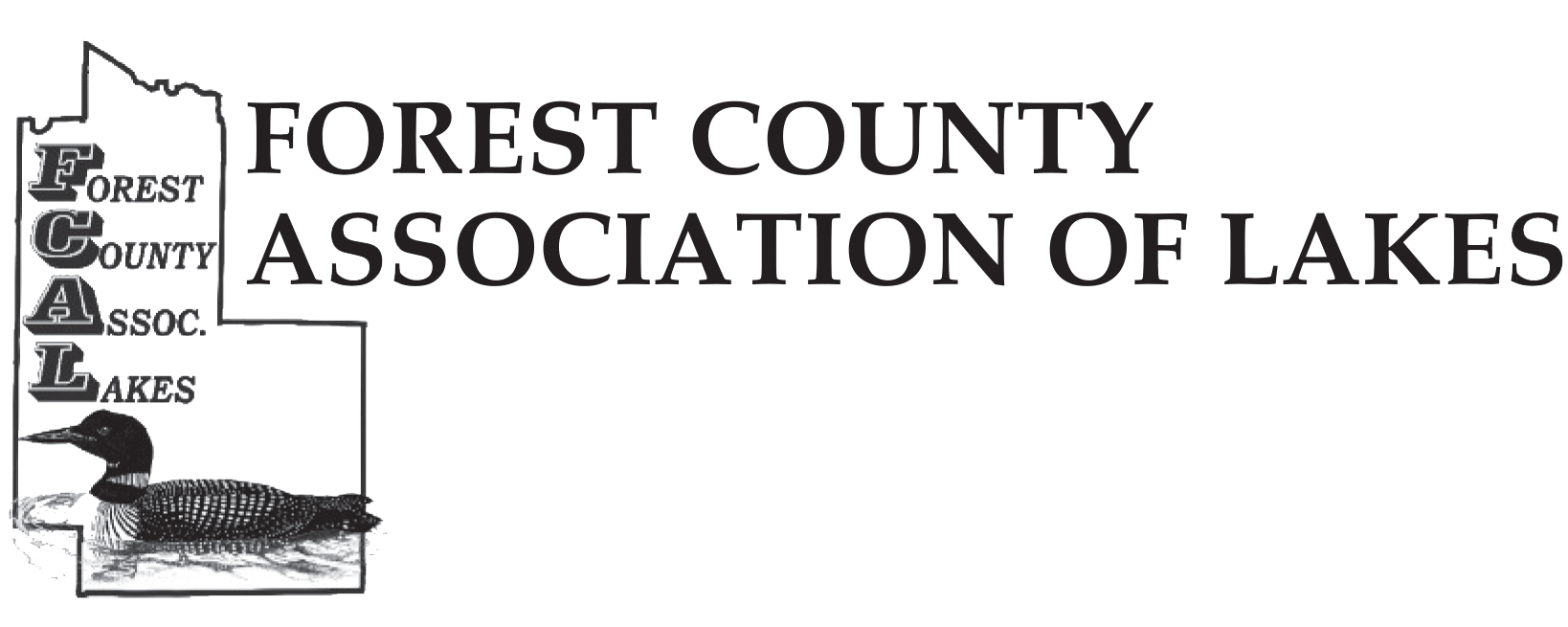As we gear up for the 2020 firearm deer season, DNR officials are expecting that this year’s higher hunting license sales will mean more new and experienced hunters in the woods. Here’s a list of the 10 most common hunting violations that conservation officers encounter every firearm season.
#1 – Using the wrong tag or improperly filling out a tag
Conservation officers often see the wrong kill tag on game – such as fish or turkey licenses on a deer. Often, this is a simple mistake made in the dark and can easily be corrected by re-tagging the deer as soon as you notice the error.
Solution: Before field-dressing or moving the deer, kill tags should be filled out (including the month and date the deer was taken and the deer’s gender and number of antler points) and properly placed on the deer.
#2 – Not wearing orange
Some hunters remove their orange clothing once they get into deer stands or blinds. In the excitement of getting a deer, hunters may forget to put their orange clothing back on.
Solution: Commit to wearing hunter orange to keep yourself and others safe. Hunters are required by law to wear hunter orange as the outermost layer of clothing at all times.
#3 – Being unfamiliar with a firearm and how it functions
Semi-automatic, lever, bolt and pump-action firearms are common choices among hunters, but each firearm functions very differently.
Solution: Take the time to familiarize yourself with your firearm and make sure it is properly sighted and functioning before you go hunting. Being able to safely handle your firearm is an important part of being a responsible hunter.
#4 – Committing safety zone violations
Each year conservation officers investigate property damage caused by firearms.
Solution: Rifle rounds travel long distances – hunters are responsible for where their bullets end up. No one may hunt with a firearm within 450 feet of an occupied structure (including buildings, dwellings, homes, residences, cabins, barns or structures used for farm operations) unless they have permission from the landowner.
#5 – Trespassing
If a deer runs onto private property, the hunter cannot retrieve it without the landowner’s permission.
Solution: Respect landowner rights and posted trespassing signs. If you’ll be hunting near someone else’s property, contact the landowner ahead of time; don’t wait until you’re tracking game.
#6 – Staking claims to public land hunting blinds
Confrontations over hunting spots, or the illegal posting (trespassing or hunting signs) of state-managed public land, happen every year.
Solution: Hunters should research and scout the land they plan to hunt – before hunting day. Brush, constructed blinds and tree stands on public land are just that – public. Regardless of who constructed, purchased or tends to these blinds, when they’re on state-managed public land, they are available on a first come, first served basis.
#7 – Littering
Leaving propane bottles, hand warmer wrappers, food wrappers, bottles and other trash causes problems for animals and people.
Solution: Practice the “leave no trace” ethic. Whatever is brought into the woods should be taken back out. It is the responsibility of all hunters to be environmental stewards and clean up after themselves.
#8 – Baiting/attracting deer
Conservation officers stay busy responding to calls about illegal baiting.
Solution: Know the law. Baiting wild animals for hunting purposes is prohibited.
9 – Hunting out of hours or off-season
One of the most common complaints to the DNR’s Report All Poaching Hotline is about shots fired after dark. Often, these complaints are reported days later.
Solution: A hunter may legally shoot game 30 minutes before sunrise or until 30 minutes after sunset. Anyone who witnesses or suspects hunting outside of legal hours should immediately call or text the DNR’s Report All Poaching hotline at 800-847-9367.
#10 – Harassing hunters
Conservation officers investigate acts of hunter harassment – which is when a person or organization intentionally sabotages another hunter’s quality opportunity to take game. Examples include spraying repellent around a hunter’s blind, creating loud noises and/or barriers that prevent or deter a hunter or game from accessing an area, or destroying other hunters’ equipment such as trail cameras and blinds.
Solution: Respect the law. Wisconsin law prohibits anyone obstructing or interfering with the lawful taking of animals. Hunter harassment is a misdemeanor offense.
Conservation Corner is a weekly article produced by the Forest County Land &Water Conservation Department. For more information contact Steve Kircher, County Conservationist-Land Information/GIS Director at 715-478-1387 or by e-mail at .
